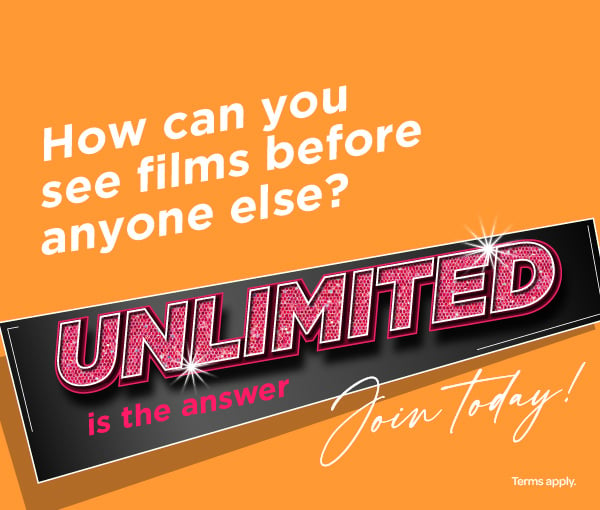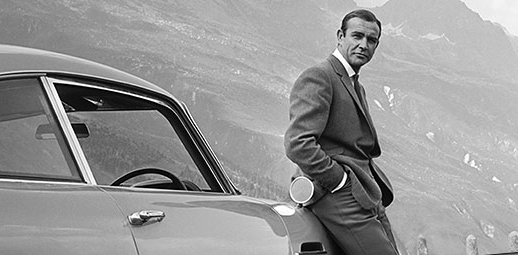
As the world reels from the death of Sir Sean Connery, we're left with a formidable legacy of movies.
Of course, Connery's great impact came in the world of James Bond. Even today, Bond fans cite Connery's portrayal as the definitive one, and recent incumbents such as Daniel Craig speak effusively of Connery's influence.
On that note, we've rounded up what we consider to be his 12 most definitive 007 moments. This was very hard to do, and even if you disagree with the omissions, it's a sign of how singularly Connery put his stamp on the role.
Doctor No (1962)
1. "Bond. James Bond."
With those three words, Connery was transformed into a cinematic icon. Original Bond author Ian Fleming was famously dismissive of Connery at first, believing that the tattooed, allegedly uncouth Scotsman would not be able to distill 007's smoother qualities. But that opening delivery, coupled with Connery's self-assurance throughout the rest of Doctor No, put such fears to bed. In fact, so impressed was Fleming with Connery's acting that he incorporated Scottish heritage in Bond's backstory (which later came out in 2012's Skyfall).
2. "You've had your six"
It may seem mild now, but Doctor No caused quite a stir with its violence back in 1962. Movie audiences were not accustomed to seeing their heroes execute someone in cold blood, but this air of ruthlessness helped distinguish Connery's portrayal of 007. The murder of treacherous Professor Dent (Anthony Dawson), particularly the final bullet in the back, shows that beneath the considered exterior, Bond is still a killing machine in the employ of the British government. Every Bond actor since, particularly Timothy Dalton and Daniel Craig, owes a debt to this cold-blooded approach.
From Russia With Love (1963)
3. Bond meets Kerim Bey
The notion of the Bond sidekick is now well-established, especially James' long-standing friendship with CIA agent Felix Leiter. (He returns in No Time To Die, once again played by Jeffrey Wright.) Even so, Bond's cordial relationship with Istabul operative Kerim Bey (Pedro Armendariz) is particularly joyful and entertaining, the two agents each excelling at their jobs while sharing a rogueish debonair sense of charm. It's all-the-more sad when Kerim is executed by ruthless Spectre operative Red Grant (Robert Shaw), more on whom momentarily...
4. Orient Express fight
The most famous one-on-one battle in the Bond series pits 007 against the aforementioned Red Grant. For once, Bond comes up against someone who's his mental and physical equal, Grant laying out the Spectre trap into which 007 has unwittingly walked. At gunpoint, Grant taunts Bond about what he will do to him, prompting an uncharacteristically deparate amount of bargaining from Britain's best secret agent. By fooling Grant into opening the booby-trapped atache case, Bond initiates the brutal close-quarters compartment fight, in which the physicality of the two actors is plain to see. The genesis of later Bonds, particularly Daniel Craig's portrayal, can be seen here.
Goldfinger (1964)
5. Driving the Aston Martin
By the time Goldfinger rolled around, the James Bond movie was cemented as a genre on its own terms. The gadgets, women, exotic locations and action sequences earmarked the series as the definitive escapist entertainment of its day. But unlike the more grounded From Russia With Love, third movie Goldfinger pushed the series into more humorous, almost parodic areas. This is where Connery's sense of style was cemented, nowhere moreso than during the Aston Martin DB-5 driving sequence in Switzerland. Combine the car with the tailored suit and Connery's innate sense of confidence, and it's not hard to see why the actor was the sixties movie equvialent of The Beatles (whom Bond disparages in the movie).
6. "I must be dreaming"
Of course, many aspects of the earlier Bond movies simply do not fly today. Bond's smirking response to the name of Honor Blackman's pilot Pussy Galore is a case in point. Even so, the insouciant, offhand response of Connery's 007 is something of a time capsule, embodying the attitudes of the period and also the character's unflappable persona. That 007 is eventually able to 'turn' Pussy's sexual orientation, pitting her against villainous employee Auric Goldfinger (Gert Frobe) via the power of seduction, is even more contentious.
Thunderball (1965)
7. Sparring with Largo
The antagonistic chemistry between 007 and the Bond villain can make or break a Bond movie. Think, for example, of the twisted duality present in the relationship between 007 and Skyfall's Raoul Silva (Javier Bardem) – it was the lifeblood of that movie. In Thunderball, we get another casino scene in which several key Bond movie concepts come together. There's gambling, immaculate tailoring and innuendo-laden dialogue between Bond and Spectre agent Emilio Largo (Adolfo Celi). Mutual respect is mixed with enmity in this influential scene, setting the standard for later Bond/bad guy encounters. Fingers crossed Rami Malek will make an impact as Safin in No Time To Die.
8. Fighting sharks (without laser beams)
Thunderball was the first Bond movie to introduce sharks as a serious threat to the otherwise invincible 007. Without this movie, one of the funniest Austin Powers running gags wouldn't exist. By utilising Q's (Desmond Llewelyn) breathing apparatus in Largo's shark-infested swimming pool, Bond is able to use his wits and escape. However, it was nearly curtains for Connery when, in the midst of filming the scene, one of the sharks navigated around its plexiglass barrier and made straight for him. Needless to say, the usually tough Connery beat a hasty retreat.
You Only Live Twice (1967)
9. Bond resurrected
It's not enough for Bond to enjoy two lives. Upon 'resurrection', he naturally appears clad in his finest Navy suit. At the outset of this Japan-based adventure, 007 appears to be killed by assassins. However, it's just a ruse in order so that Bond can go incognito and close in on the diabolical Spectre chief (Blofeld). This is one of only two times that Bond appears in his Navy duds. The other is in 1997's Tomorrow Never Dies, starring Pierce Brosnan as 007.
10. Bond meets Blofeld for the first time
Donald Pleasence's eerily calm depiction of Blofeld set the standard for future 007 megalomaniacs. He appears late into the story after Bond has infiltrated his top-secret volcano lair. (Once again, we're seeing the influence on the later Austin Powers comedies.) Although Blofeld and Bond only enjoy a brief dialogue together, it criss-crosses enmity and admiration to entertaining effect. Blofeld really ought to have checked those cigarettes for explosives, though. How did he get to being head of Spectre with such oversights?
Diamonds are Forever (1971)
11. Amsterdam lift fight
Having briefly abandoned the Bond ship, Connery was lured back via a staggering sum of money for 1971's Diamonds are Forever. It's his weakest Bond film by far, campy and naff and populated with questionable attitudes. Nevertheless, few punches are pulled in the bruising, claustrophobic elevator fight between Bond and diamond smuggler Peter Franks (Joe Robinson). John Barry's score is withheld until the very last moment, emphasising the sound of heavy punches and smashing glass to evoke a sense of the classic Orient Express scrape in From Russia With Love. It's also a reminder that Connery could handle himself, despite his advancing years.
12. Bond meets Plenty O'Toole
Another eye-rolling Bond pun, but somehow Connery carries it off in his inimitable way. What were we saying about the older Bond movies not having aged well? It becomes especially apparent in Diamonds are Forever when Lana Wood's Plenty O'Toole sidles up to Bond at the craps table. Once again, the scene is best appreciated as an artefact from a bygone age, in which charm and cringiness often go hand in hand together.
What's your favourite Sean Connery Bond moment? Let us know @Cineworld and check out the trailer for No Time To Die. It's scheduled for release (at the time of writing) on 2nd April.


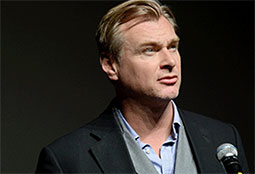

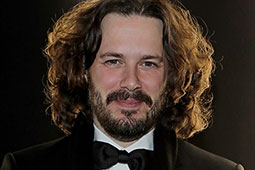
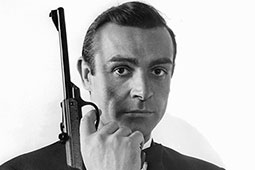
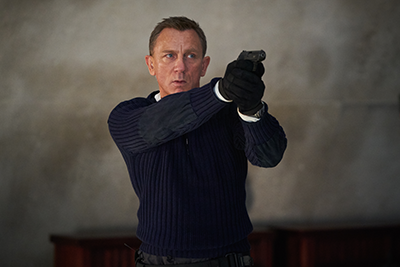
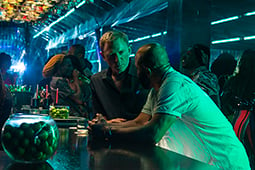
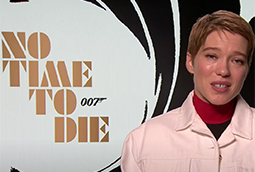
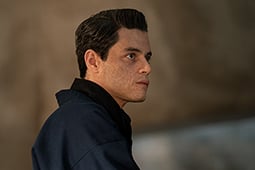
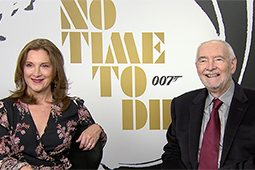
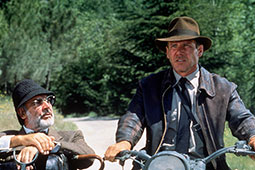



.jpg)
.png)

